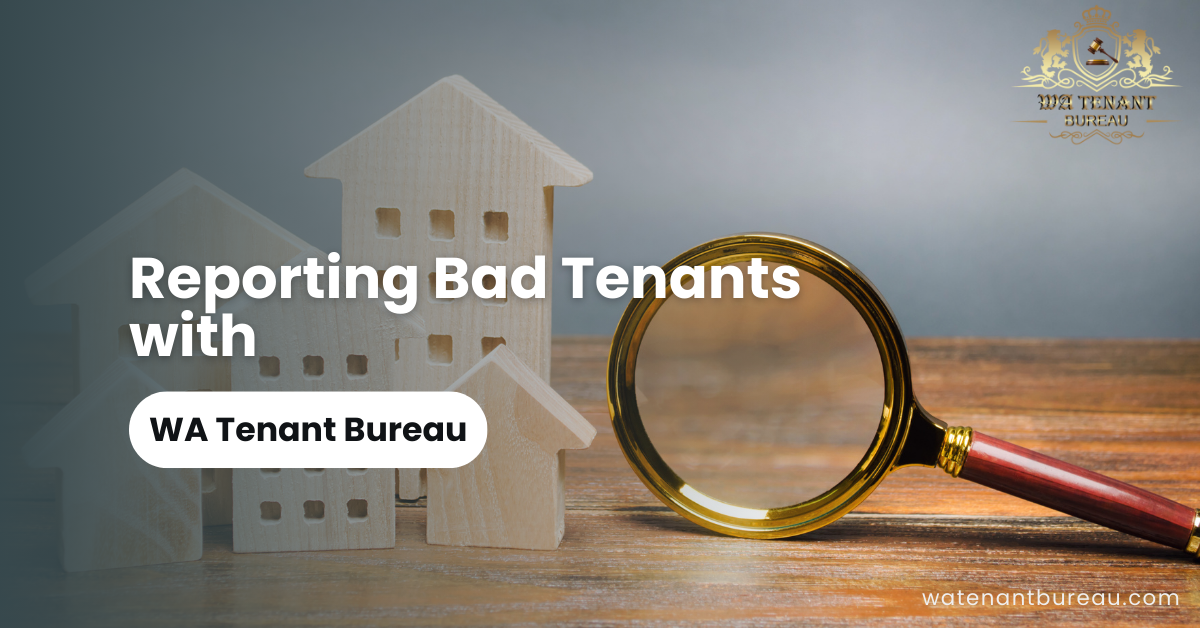For landlords, tenant screening has the potential to be the difference between an easy, enjoyable rental experience, and a money pit that sends you running for the hills screaming. The screening process helps you avoid losing money to late payments or evictions, or having your property ransacked with malicious intent, or covered in garbage. Here’s how to get it right.
1. Vet Income and Employment
Confirm that a prospective tenant has a consistent income before allowing them to move in. They must be able to keep up with the rent payments. Ask for pay stubs, letters of employment or bank statements, and establish a minimum income amount (three times the rent is usually reputable.
2. Run Background and Credit Checks
The purpose of a credit check is to determine whether or not the prospective tenant pays his bills, looking for past missed payments, excessive debt, or bankruptcy. The purpose of a background check is to determine whether or not your prospective tenant has any criminal history, which can offer you assurances regarding the tenant’s character.
3 Check Rental History
Call former landlords to check the tenant’s rental history. Find out if they paid on time, if there were any complaints, and what condition the apartment was left in.
4. Standard Application
You should have all prospective tenants fill in a rental application. Your application should include sections for personal information, income details, reference materials, and authorisation to run background checks.
5. Go with your gut:
Finally, data is all well and good, but your gut counts too: if you get a bad feeling about a candidate, perhaps another applicant will win.
If follow these best practices, they can significantly minimise the risks of renting, and thereby reap a steady income from a well-cared for tenancy.



